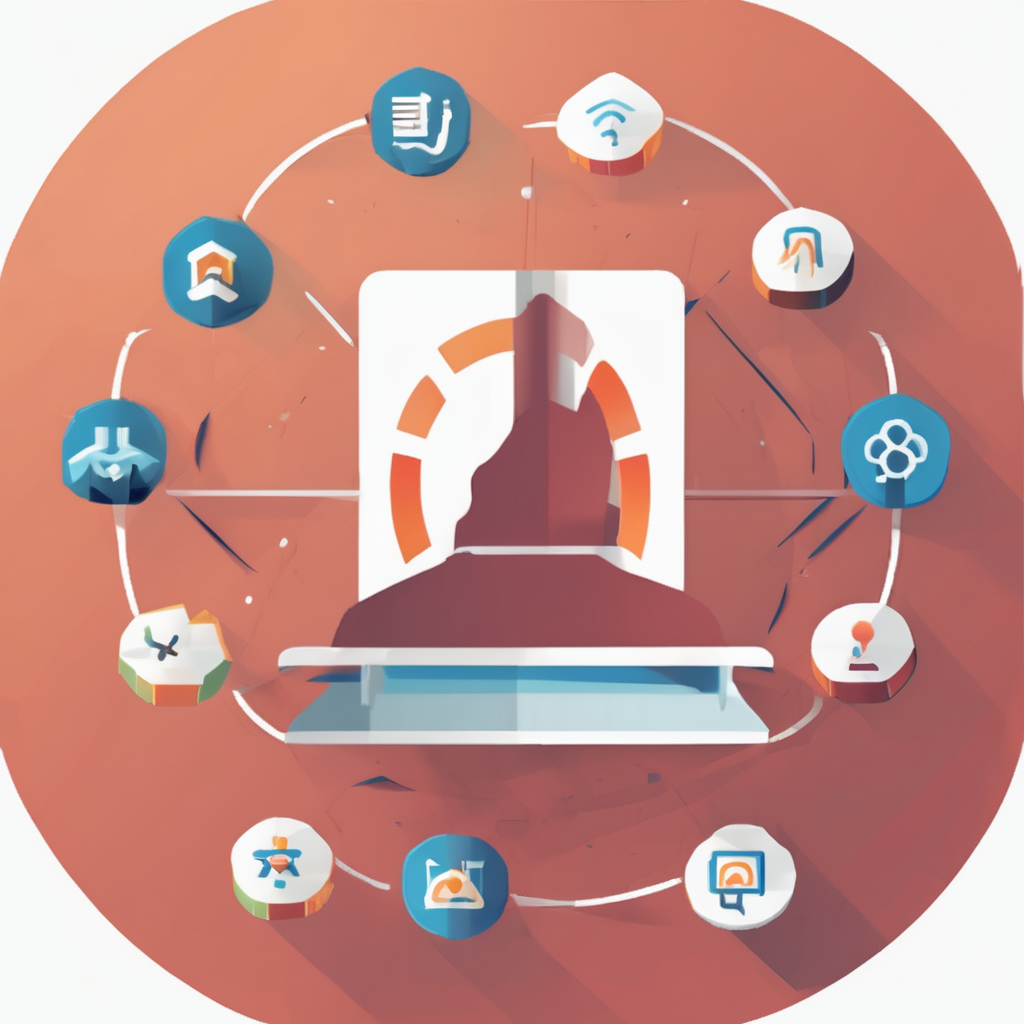Understanding the Importance of Data Analytics in Non-Profits
In the realm of non-profits, data analytics plays a pivotal role. It serves as a powerful tool to understand donor behavior and preferences, providing insights that are essential for strategic decision-making. By leveraging data, non-profits can personalize their approach to donor engagement, ultimately improving donor relationships. This can lead to increased donor loyalty and more effective fundraising strategies.
Data analytics in non-profits helps organizations decipher patterns and trends in donor engagement. For instance, by analysing donation histories and patterns, non-profits can tailor their communication strategies to match the unique preferences of their donors. This personalised approach not only strengthens the relationships between donors and organizations but also encourages continued support.
In parallel : Essential Factors to Consider When Crafting a Machine Learning Model for Predicting UK Stock Market Trends
Enhanced donor relationships are directly linked to fundraising success. By utilising data analytics, non-profits can develop targeted campaigns that resonate with their audience, driving higher engagement and conversion rates. Furthermore, understanding donor behaviour allows for the anticipation of future trends, enabling non-profits to stay ahead and continually adapt their strategies.
In summary, data analytics is indispensable for non-profits aiming to maximize their impact. It fosters a deeper understanding of donor preferences, facilitates effective donor engagement, and enhances fundraising success. By incorporating data-driven strategies, non-profits can build lasting donor relationships, ensuring sustained growth and impact.
Also to see : Crafting a Sustainable Digital Marketing Strategy for the UK Food and Beverage Sector: Essential Steps to Success
Advanced Data Analytics Techniques for Donor Engagement
The realm of non-profit organizations is continually evolving, and leveraging advanced techniques in data analytics is crucial for enhancing donor engagement. These strategies are not just about numbers but involve a deeper understanding of donor behaviours and preferences.
Predictive Analytics and Its Application
Predictive analytics is a vital component in crafting data-driven strategies within the non-profit sector. By analysing historical data, these techniques allow organizations to anticipate donor actions and tailor their engagement approaches accordingly. Consider, for example, predictive models that successfully forecast donor response rates for fundraising initiatives. Such models guide non-profits in optimizing their outreach, ensuring resources are utilized efficiently. Various software options, like Tableau and IBM SPSS, empower organizations to employ predictive analytics effectively.
Segmenting Donors for Personalized Engagement
Donor segmentation is pivotal for creating meaningful and personalized connections. By employing techniques such as clustering and demographic profiling, organizations can classify donors into relevant categories. Understanding these categories allows for the deployment of tailored engagement strategies that resonate with individual preferences, leading to enhanced donor loyalty and increased contributions.
Real-Time Data Tracking and Analysis
Harnessing real-time data can significantly boost decision-making processes. Real-time analytics tools, such as Google Analytics, provide non-profits with immediate insights that aid in maintaining robust donor relationships. For instance, tracking engagement metrics in real-time ensures timely adjustments to fundraising campaigns, maximizing their impact and effectiveness.
Successful Case Studies from UK Non-Profits
In recent years, UK non-profits have harnessed the power of data analytics to achieve remarkable successes. These case studies showcase how the strategic use of data has revolutionised donor relationships and contributed to the overall efficiency of these organisations.
One exemplary organisation, Charity: Water, implemented a detailed data analytics strategy which resulted in a 20% increase in donor retention over two years. By closely tracking donor engagement and preferences, they were able to personalise communication, thereby fostering a stronger bond with their supporters. This strategic approach to data not only increased donor relationship improvements but also optimised their resource allocation.
A notable key metric used in these success stories involves the donor lifetime value, a crucial indicator of long-term engagement and satisfaction. By focussing on this metric, non-profits can predict future donations and tailor their strategies accordingly.
From these case studies, a few best practices emerge. Firstly, organisations should invest in robust data management systems to ensure accurate data collection and analysis. Secondly, engaging donors through personalised communication can significantly enhance relationship quality. Lastly, continual evaluation of strategies allows nonprofits to adapt to changing donor expectations and remain relevant in a competitive landscape. These lessons underscore the potential of data analytics in transforming how non-profits operate.
Challenges and Solutions for Implementing Data Analytics
Implementing data analytics in non-profit organizations presents unique challenges. One common obstacle is the lack of a robust non-profit data strategy. Many organizations struggle with limited resources, making it difficult to invest in necessary technology and skilled personnel. Additionally, there may be resistance to change as teams might be accustomed to traditional methods.
To address these implementation challenges, non-profits can adopt several potential solutions. Firstly, building partnerships with tech companies can provide access to tools and expertise at a reduced cost. Moreover, engaging in collaborative workshops can enhance understanding and efficiency in data operations. Non-profits could also look into grants specifically aimed at technological advancement to offset initial costs.
Developing a data-driven culture is crucial. This involves shifting the mindset of an organization to prioritize data in decision-making. Leadership should advocate for data literacy and provide training to staff. By highlighting the benefits, such as improved program effectiveness and increased funding opportunities, organizations can encourage the adoption of data analytics. Establishing clear goals and metrics can provide focus and lead to successful implementation.
Non-profits that successfully integrate data analytics often enjoy improved outcomes, demonstrating adapted strategies can overcome many hurdles, paving the way to become more efficient and impactful.
Tools and Resources for Non-Profits
Embracing technology can propel non-profits to new heights. By leveraging data analytics tools and seeking out the right technology resources, non-profit organizations can enhance decision-making processes and track their impact more effectively.
Recommended Data Analytics Tools
For non-profits venturing into data, selecting the right tools is crucial. Many organizations have benefitted from platforms like Tableau and Google Data Studio. These tools are celebrated for their user-friendly interfaces and robust analytical capabilities. Some non-profits have noted that Google Data Studio, being free, is a cost-effective choice for those with limited budgets, while Tableau provides deeper insights with its advanced features.
Training and Educational Resources
Non-profits can also tap into numerous training opportunities to upskill their teams. Options range from Coursera and Udemy courses on data analysis to community workshops designed specifically for non-profits. Such resources play a pivotal role in building confidence and competence in navigating technology, thereby promoting a culture of growth and learning within the team.
Building Partnerships with Data Experts
Fostering partnerships with data specialists can significantly elevate a non-profit’s technical capabilities. Collaborating with experts can offer new perspectives, streamline data processes, and ultimately enhance mission outcomes. Engaging with local universities or tech organizations can be a fruitful way to initiate such partnerships, as demonstrated by numerous successful collaborations in the sector.











